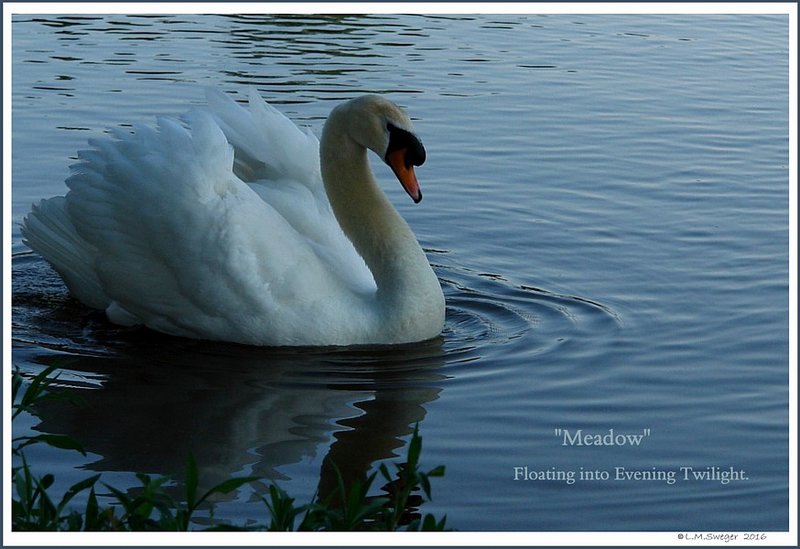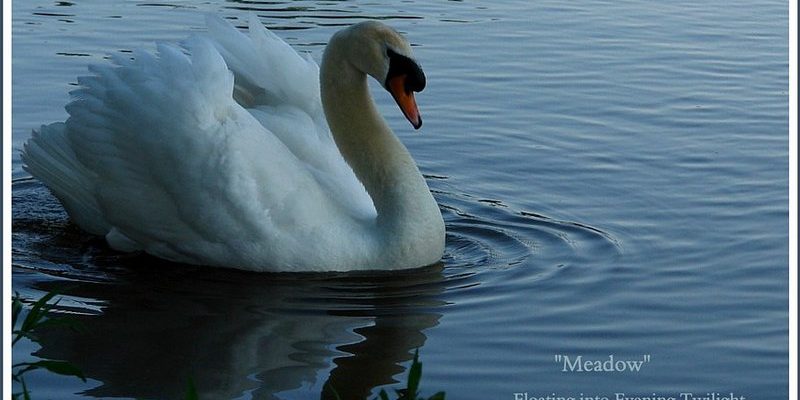
Just like we have different ways to express ourselves—through words, tone, and even body language—swans have their own unique sounds. Their vocalizations can range from soft honks to loud trumpets, and each sound carries a specific meaning. Whether they’re signaling a threat, calling to their mate, or simply expressing joy, understanding these calls can deepen our appreciation for these beautiful creatures.
So, let’s dive into the fascinating world of swan vocalizations and what they mean. Along the way, we’ll explore different types of calls, when they use them, and how you can start to tune in to what these elegant birds are saying.
The Types of Swan Vocalizations
Swans have a variety of vocalizations, and each type serves a distinct purpose. Think of their sounds as a swan’s way of having a conversation. Let’s break it down.
Hissing
One of the most notable sounds swans make is a hissing noise. This sound may seem aggressive, and it often is! Swans use hissing as a warning signal, letting others know that they’re feeling threatened or assertive. You might hear this sound when a swan is guarding its nest or when it feels that its territory is being invaded.
When swans hiss, it’s almost like they’re saying, “Back off!” This behavior is particularly common during breeding season when they become fiercely protective of their young. So, if you see a swan hissing, it’s best to keep your distance and admire from afar.
Trumpeting
Another iconic sound is the trumpet-like call. This vocalization can be loud and resonant, often used during courtship displays. Imagine a joyful announcement at a party—this is the swan’s way of showing excitement and affection. Male swans, especially, will trumpet when trying to attract a mate or during mating rituals.
These calls aren’t just random noise; they are strategic. The louder and more vibrant the trumpeting, the more attractive the male appears to potential partners. If you hear trumpeting while out by the lake, it’s likely a sign that romance is in the air for the swan community!
Soft Calls
In contrast to the hissing and trumpeting, swans also make softer sounds, like gentle coos or murmurs. These calls often occur between mating pairs or groups of swans that are comfortable with one another. You might hear these quiet sounds during moments of bonding, such as when a pair is nesting or caring for their cygnets.
Soft calls are like whispers shared between close friends. They are intimate and convey trust and connection. If you see two swans nestled together, listen closely—you might just catch this sweet exchange.
You might wonder, why do swans vocalize at all? It all boils down to communication and social interaction. Just as we express our feelings and intentions through words, swans rely on their vocalizations to connect with one another.
Pacing Through Territory
One major reason for swan vocalizations is to establish and defend territory. Swans are known to be territorial, especially during mating season. When a swan calls out, it can help ward off other birds from entering their space. This vocal declaration is an important part of their survival strategy.
By vocalizing their presence, swans ensure they maintain the safety of their nesting grounds, which is crucial for raising cygnets. So, the next time you hear a swan’s call while walking near water, remember: it’s not just a sound; it’s a way to protect their home.
Building Bonds
Swans also vocalize to strengthen their bonds with partners. Their soft calls and gentle honks promote closeness and reassurance. During courtship, swans engage in synchronized movements and vocalizations, which serve to reinforce their connection.
This bonding is essential, as swans often mate for life. Their regular communication helps maintain their relationship, ensuring they work together effectively when raising their young. Think of it like checking in with a partner; those little sounds keep the connection strong.
How Vocalizations Vary by Species
There are several species of swans, and their vocalizations can vary significantly. It’s fascinating how different environments and behaviors shape how these beautiful birds communicate.
Mute Swans
Let’s take mute swans, for example. Surprisingly, they aren’t completely silent! While they don’t trumpet loudly like other species, they have a range of soft sounds, including honks and grunts. These quieter vocalizations often go unnoticed, yet they are still essential for communication among the mute swan population.
The name “mute” can be misleading. Mute swans have a unique way of expressing themselves without the loud calls of their cousins. They often rely on body movements and softer sounds to communicate.
Whooper Swans
On the other hand, whooper swans are known for their loud, trumpeting calls. These swans are social and often travel in larger groups, which leads to a more vibrant chorus of vocalizations. Their calls can be heard long distances and help maintain group cohesion when they’re flying or foraging.
Imagine a concert, where each swan contributes to the harmony—this is what it sounds like when whooper swans vocalize together. Their musical nature makes them a joy to observe.
Listening to Swans in the Wild
Now that you know about swan vocalizations, how can you become a “swan listener” in the wild? Here are some tips to enhance your experience.
Visit Local Lakes and Parks
One of the best ways to hear swans is by visiting local lakes, ponds, or parks where they reside. Early mornings or late afternoons are prime times when swans are most active. Bring a pair of binoculars to observe their behavior closely.
When you spot a group of swans, take a moment to sit quietly. You’ll soon start hearing those unique vocalizations. Try to identify the different sounds they make, and see if you can connect them to what the swans are doing.
Pay Attention to Their Behavior
As you listen, watch their body language. You might notice that a swan who is hissing may also have its wings slightly raised. This gesture indicates a defensive stance. In contrast, swans making soft coos while paddling together likely feel at ease.
Understanding these cues can help you decode the stories behind their sounds. It’s like piecing together a puzzle, revealing the world of swan communication.
Understanding the Importance of Vocalizations
Lastly, let’s talk about why understanding swan vocalizations matters. Not only does it deepen our appreciation for these majestic birds, but it also highlights their role in the ecosystem.
Promoting Conservation
The more we learn about swans and their behaviors, the better equipped we are to protect them. Conservation efforts often rely on public awareness and interest in local wildlife. When people understand the importance of swan vocalizations in social interactions, it encourages them to value and protect these habitats.
Support for creating safe nesting areas or clean water initiatives often stems from a love and appreciation for these animals. You might even consider joining local birdwatching groups or conservation efforts to contribute to their well-being.
Fostering Connections
Understanding swan vocalizations can also foster a deeper connection to nature. Recognizing that these birds communicate similarly to us allows for a shared understanding of life’s complexities. It reminds us that we’re all part of the same ecosystem, striving to connect and protect what we love.
As you watch and listen to swans, think about the stories behind their sounds. This appreciation can lead to a lifelong passion for nature and wildlife conservation.
In conclusion, swan vocalizations are much more than mere sounds—they’re a complex system of communication that reveals their emotions, behaviors, and interactions. By paying attention to these delightful calls, we can enhance our understanding of these beautiful creatures and foster a greater appreciation for the natural world. So next time you see a swan, take a moment to listen; you might just discover a whole new world of conversation unfolding before you.

